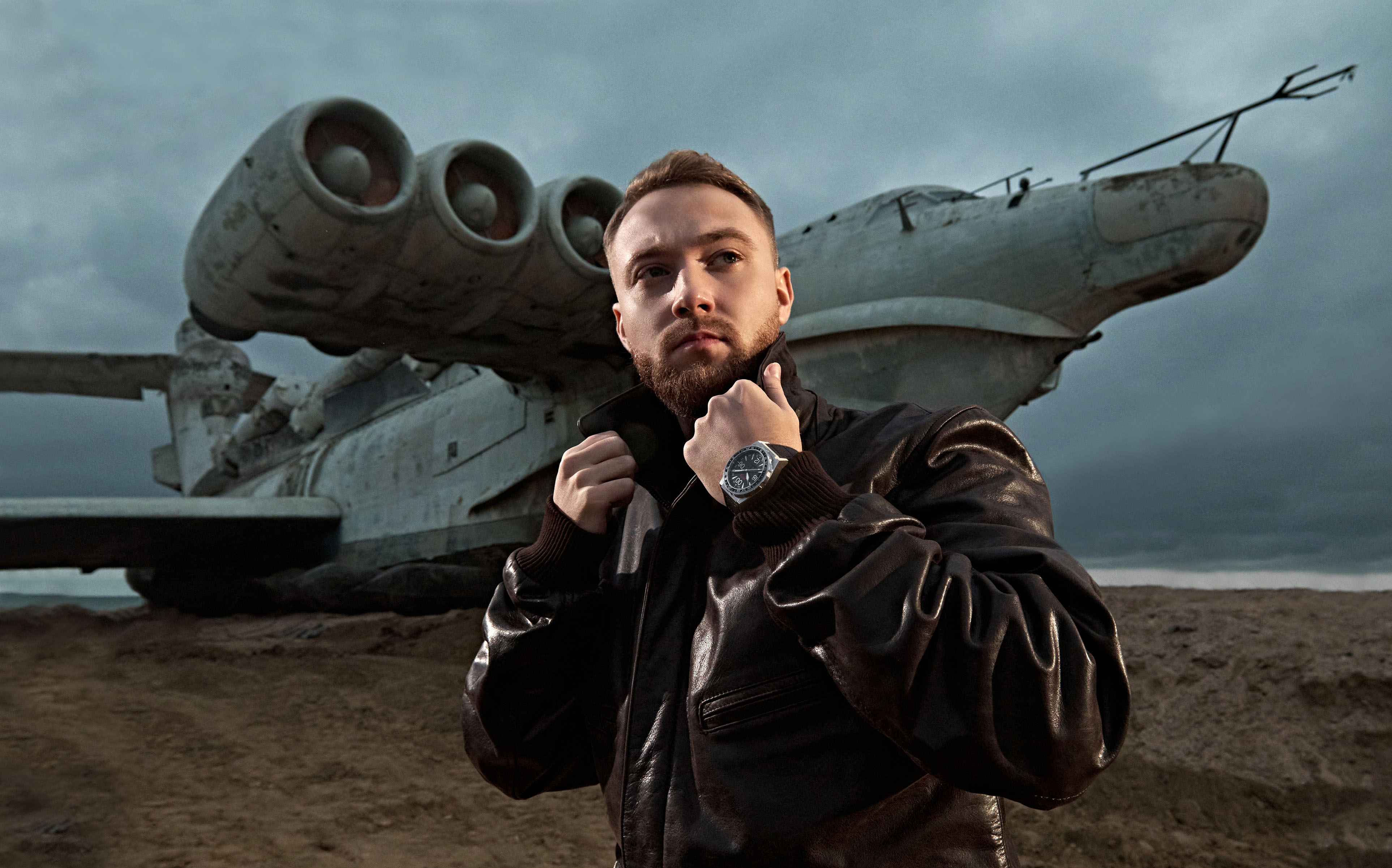The brand “Raketa” (which means in Russian “Space Rocket”) was created in 1961 in honour of the first manned flight in space by Yuri Gagarin. Since then, the designers and engineers of Raketa have always looked up towards the sky and space for inspiration.

During the height of the space race, the Soviet cosmonautics program needed a robust and accurate watch for cosmonauts to wear. The watches also needed special functions, such as a 24 hour movement enabling cosmonauts to distinguish day from night. Another important function was an automatic disengage system, that protected the automatic module from wearing out in space. Thus, Raketa’s engineers developed watches employing extremely high standards of production, the legacy of which continues to this day.
The current model of Raketa watches for cosmonauts was developed together with the Russian cosmonaut - Sergey Krikalev. He is certainly one of the most famous living cosmonauts and, better than anyone else, knows what is the ideal watch for a cosmonaut.

During the time when he was still flying, he broke so many records that he was nicknamed “Recordman”: as an example, he went up 6 times into space and, in aggregate, spent 803 days in orbit. He is also the only cosmonaut to have been stranded in space because of political reasons. He was on board the Soviet station Mir when the Soviet Union collapsed in August 1991. Encountering serious financial difficulties, Russia had to ask Sergey to stay in space for another 6 months before finally managing to bring him back to Earth. He landed back on Earth with a USSR flag on the sleeve of his spacesuit, even though the USSR had already ceased to exist: Krikalev was the last remaining Soviet citizen!

Part ship & part plane, the Lun-class Ekranoplan was built in the early 80s by the Soviet Union as an experimental coastal defence vehicle. It can claim to be one of the most extraordinary machines ever built by mankind. It combined the best characteristics of a ship and that of a plane: it could carry as much cargo as a ship and fly as fast as an airplane at speeds of up to 500 km/h. It flew over distances of up to 2,000 km using lift generated by the "ground effect" acting on its large wings when about 4 metres above the surface of the water. This enabled the Ekranoplan to fly undetected by radars.
The name "Lun" was chosen because it comes from the Russian word for “harrier”, a bird which characteristically hunts by flying silently low over open ground.